Small high-frequency hardening machines, as a kind of specialized heat treatment devices, have a wide range of applications and significant uses. This article will introduce the main uses of the small high-frequency hardening machines from the following aspects.
Enhancing Metal Surface Performance
Improving Hardness and Wear Resistance
Small high-frequency hardening machines quickly heat and cool the metal surface, forming a hardened martensitic structure, significantly improving the surface hardness and wear resistance of the metal. This is particularly important for parts that need to withstand high-frequency friction and wear, such as tools, molds, etc.
Improving Microstructure
The quenching process can improve the microstructure of metal materials, eliminate internal stress, and enhance the overall performance of the material. This helps extend the service life of metal products and reduces failures and damages caused by material performance degradation.
Applicable to Various Metal Products
Small Tools and Parts
The small high-frequency induction hardening machines are particularly suitable for processing small tools and parts, such as pliers, wrenches, drill bits, bushings, etc. These components often have high requirements for surface hardness and wear resistance, which high-frequency quenching technology can meet.
Precision Metal Products
For precision metal products that require fine processing, such as precision bearings, gears, etc., high-frequency quenching technology can also provide an ideal solution. By precisely controlling the heating temperature and cooling speed, uniform heating and rapid cooling of the metal surface can be achieved, ensuring the consistency and controllability of the quenching effect.
High Efficiency, Energy Saving, and Environmental Friendliness
High Efficiency and Energy-Saving
The small high-frequency hardening machines use high-frequency current to generate eddy currents inside the workpiece for heating, which results in fast heating and low energy consumption. Compared with traditional quenching methods, high-frequency quenching technology can significantly improve production efficiency and reduce energy consumption.
Environmentally Friendly and Pollution-Free
The high-frequency quenching process is relatively closed and clean, reducing the emission of smoke and harmful gases. This meets the modern industrial requirements for environmental protection and helps achieve green production.
Simple Operation and Low Maintenance Costs
Simple Operation
As a typical one of the induction heater types, small high-frequency hardening machines are usually equipped with user-friendly interfaces and intelligent control systems. Operators can easily get started after simple training, reducing the requirement for professional skills.
Low Maintenance Costs
The equipment is designed with a reasonable structure and requires minimal maintenance. Daily maintenance mainly includes checking power lines and cleaning sensors. This helps reduce downtime and maintenance costs, improving the equipment's reliability and stability.
In conclusion, small high-frequency hardening machines have significant advantages and wide applications in enhancing metal surface performance, being suitable for various metal products, high efficiency and energy saving, environmental friendliness, and simple operation with low maintenance costs. In the fields of metal processing and manufacturing, high-frequency quenching technology has become an indispensable and important process.

 en
en  cn
cn  jp
jp  ko
ko  de
de  es
es  it
it  ru
ru  pt
pt  th
th  vi
vi  pl
pl 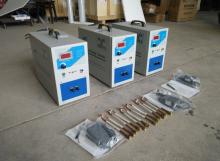
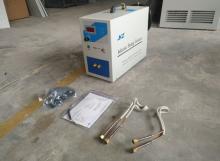
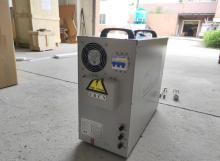
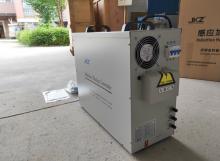
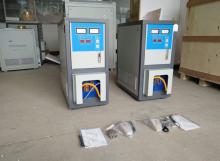
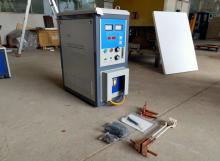
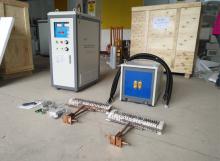
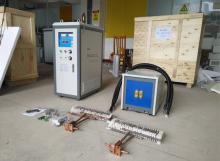
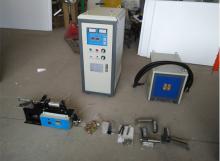
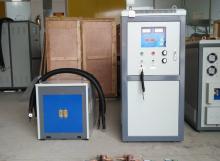
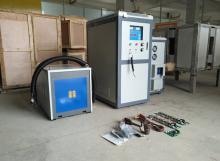
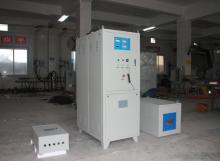
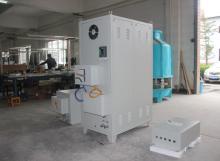
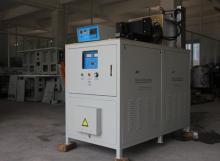
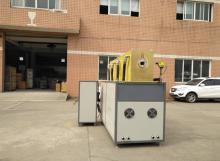
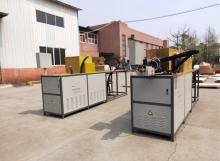
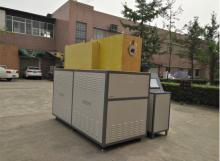
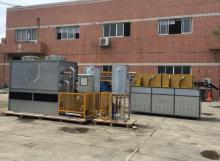
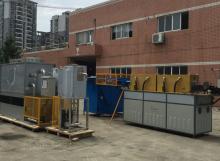
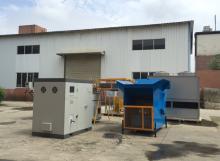
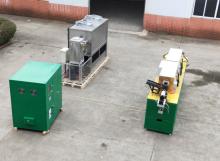
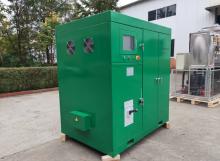
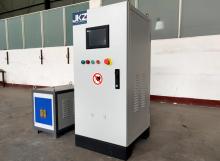
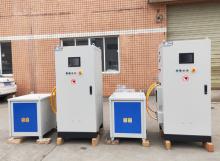
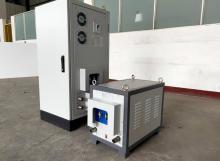
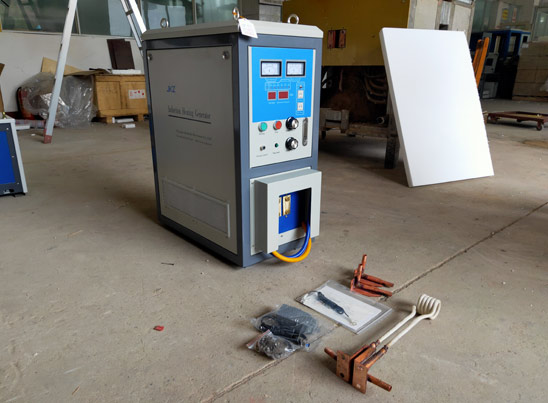
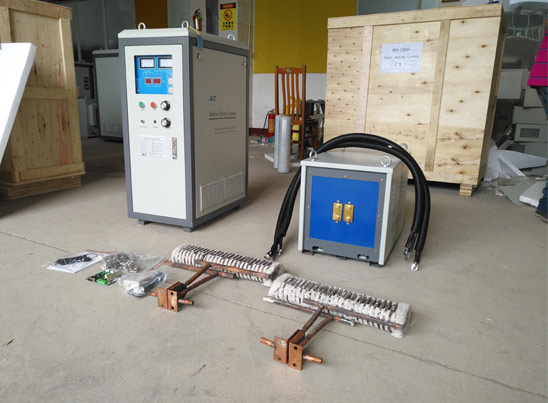
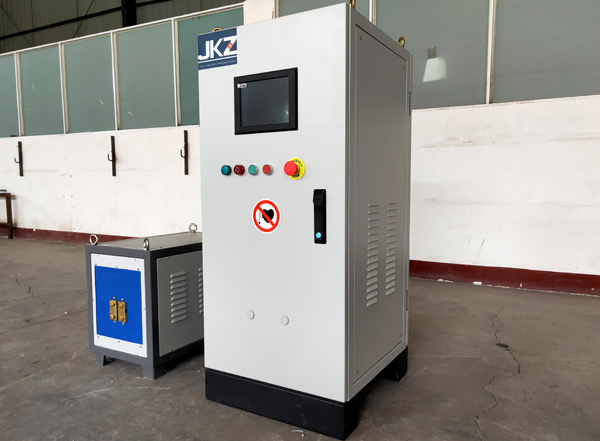

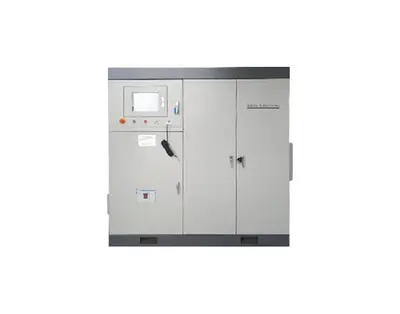




 Call us on:
Call us on:  Email Us:
Email Us:  NO. 688th South Baoguang Road, Xindu District, Chengdu City, Sichuan Province, China
NO. 688th South Baoguang Road, Xindu District, Chengdu City, Sichuan Province, China